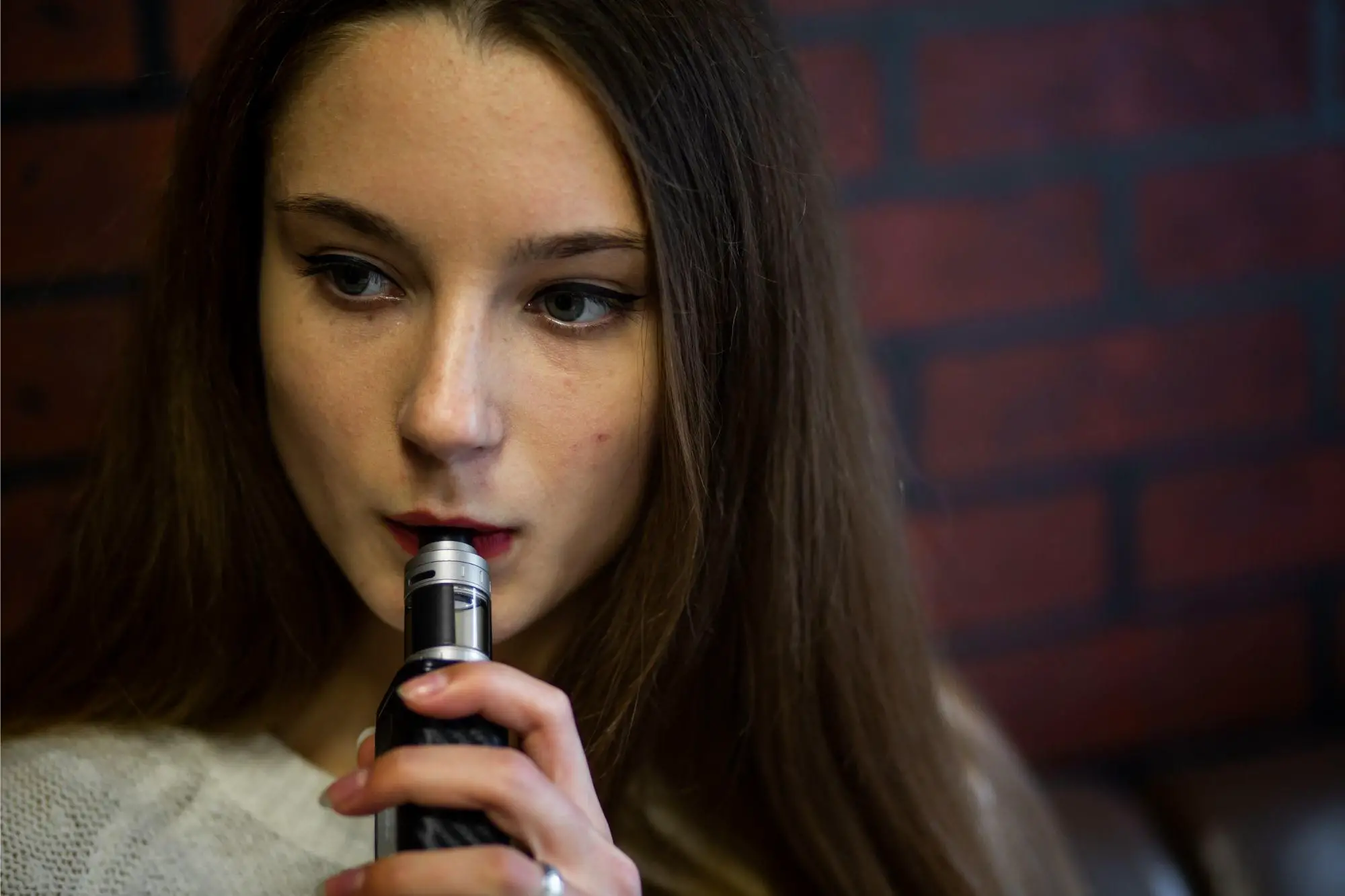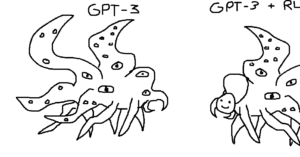

Vaping, a popular alternative to traditional smoking, involves inhaling and exhaling aerosol produced by e-cigarettes. While it is promoted as a safer option, especially for adults trying to quit smoking, concerns have arisen regarding its impact on children. The accessibility and enticing flavors of vaping products have led to an alarming increase in underage usage, raising health and addiction concerns among this vulnerable population.
Over 25% of high school students in Canada have reported using vapes, with 12% stating they have only used nicotine-containing vapes.
Jamie Seabrook from Brescia University College and Evan R. Wiley from Western University have conducted a study revealing a disturbing trend among Canadian high school students. The research shows that 26 percent of these students admitted to vaping in the preceding month. However, the substances they are inhaling through vapes or e-cigarettes is of even greater concern to the researchers.
According to the study, in the past month, 12 percent of high school students exclusively used vapes infused with nicotine. Additionally, 11.3 percent were found to be using both nicotine and nicotine-free vapes. A smaller segment of 2.5 percent opted only for nicotine-free vapes.
“Vapes were initially marketed as a potential solution to tobacco smoking with claims that they could be a less harmful alternative. While we are still trying to fully grasp the long-term effects of vaping on physical and mental health, our study shows vapes are exposing youth to nicotine and putting them at risk of nicotine addiction,” said Seabrook, who is chair of the School of Food and Nutritional Sciences at Brescia University College.
“Youth who vape nicotine-free products tend to have a worse understanding of the risks of e-cigarette chemicals, which can translate to uninformed use and they may conclude that dangers of cigarette smoking are also exaggerated,” said Seabrook.
The study, published in the journal Children, was based on a national survey of 38,299 students in grades 9 to 12. It explored the prevalence of past-month nicotine vaping, nicotine-free vaping, and dual-use vaping with correlations to sociodemographic and health-related differences among high school students.
“Vape usage has been studied before, but we wanted to dive in deeper and see what it is that youth are vaping and how that correlates to age, gender, and the use of other substances like alcohol, tobacco, and cannabis,” said Seabrook.
“Previous research tended to focus on vape use as a unitary behavior, despite the fact that some individuals vape with nicotine and others with nicotine-free products. Exploring potential differences between these groups can give policy-makers a better chance at implementing more targeted interventions,” said Wiley, a data analyst with the Program of Experimental Medicine (POEM) at Western’s Schulich School of Medicine & Dentistry.
The study revealed male high school students had higher odds of being in each category of past-month vape users than females. Substance use was also linked to higher odds of students vaping with and without nicotine.
The study also found grade 10 and 11 students were more likely than grade 9 students to vape exclusively with nicotine, while grade 9 students were more likely than grade 11 and 12 students to vape with both nicotine and nicotine-free vapes.
Seabrook also points out that the higher likelihood of dual-use vaping among grade 9 students warrants further investigation, as it may be related to behavioral and cultural pressures associated with transitioning to high school. It could also mean that with age, more high school students are transitioning from dual-use vaping to exclusive nicotine vaping.
“Since this was a cross-sectional analysis and we studied all the different age groups at the same time, we could not establish that dual vaping is leading to an increase in exclusive nicotine vaping. Our findings do show that there is a possibility, but it needs careful investigation,” said Seabrook.
Reference: “Nicotine and Nicotine-Free Vaping Behavior among a Sample of Canadian High School Students: A Cross-Sectional Study” by Evan R. Wiley and Jamie A. Seabrook, 13 February 2023, Children.
DOI: 10.3390/children10020368
The data for the study was collected through the 2019 Canadian Student Tobacco, Alcohol and Drugs Survey (CSTADS).

